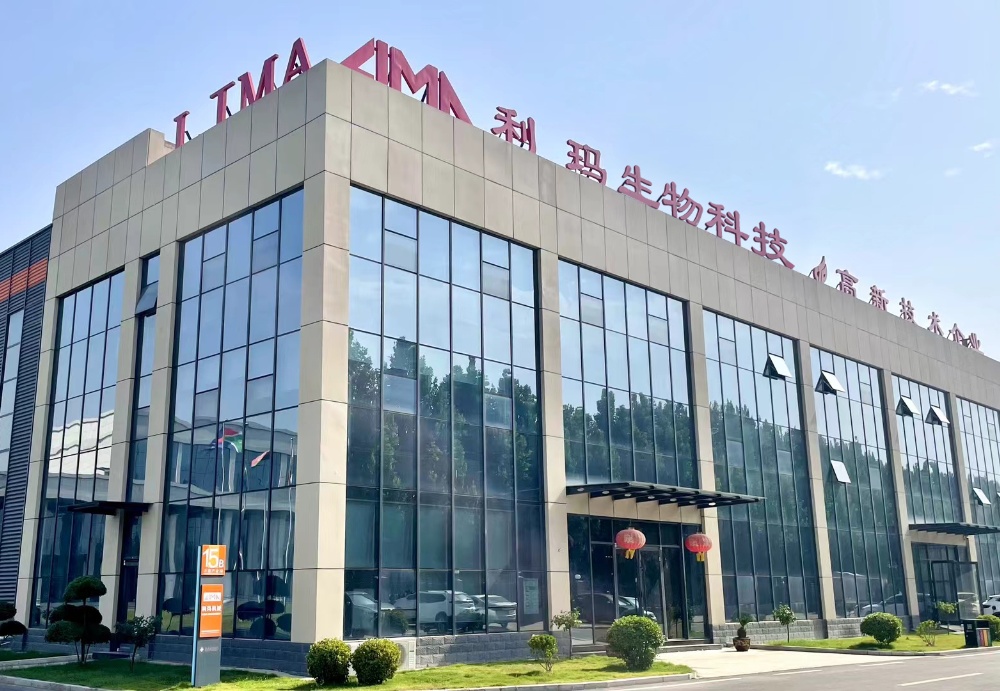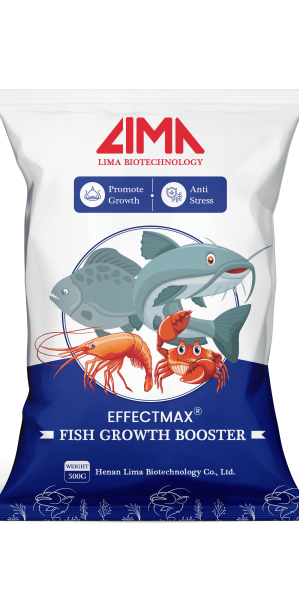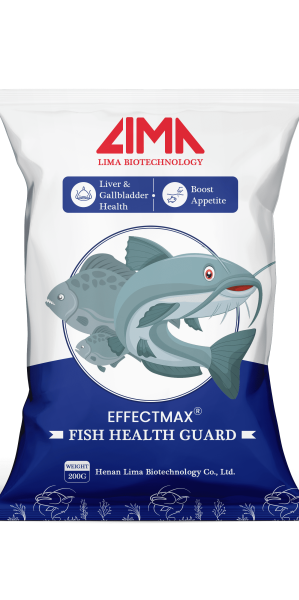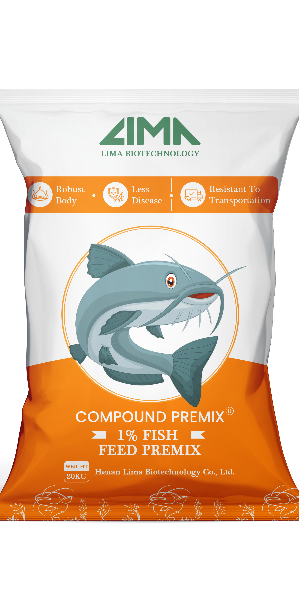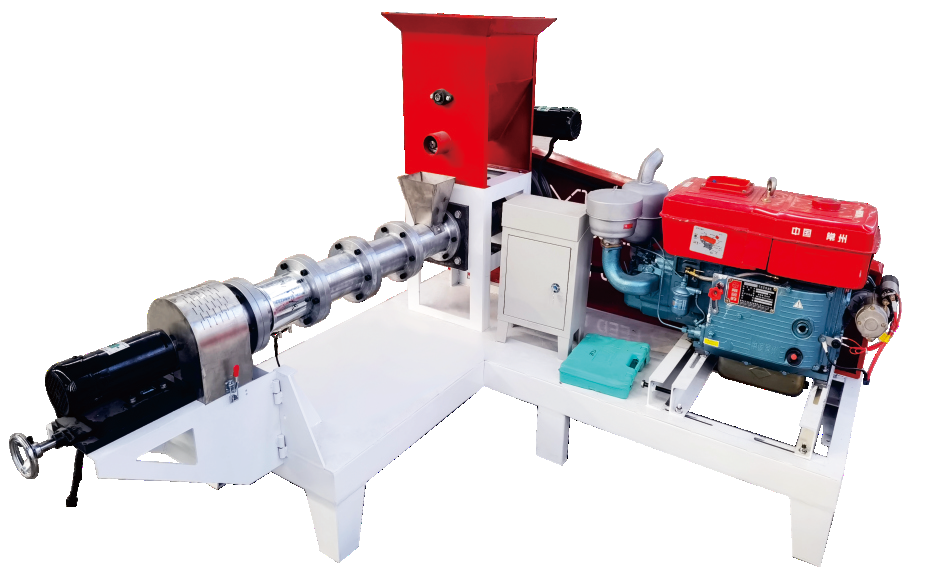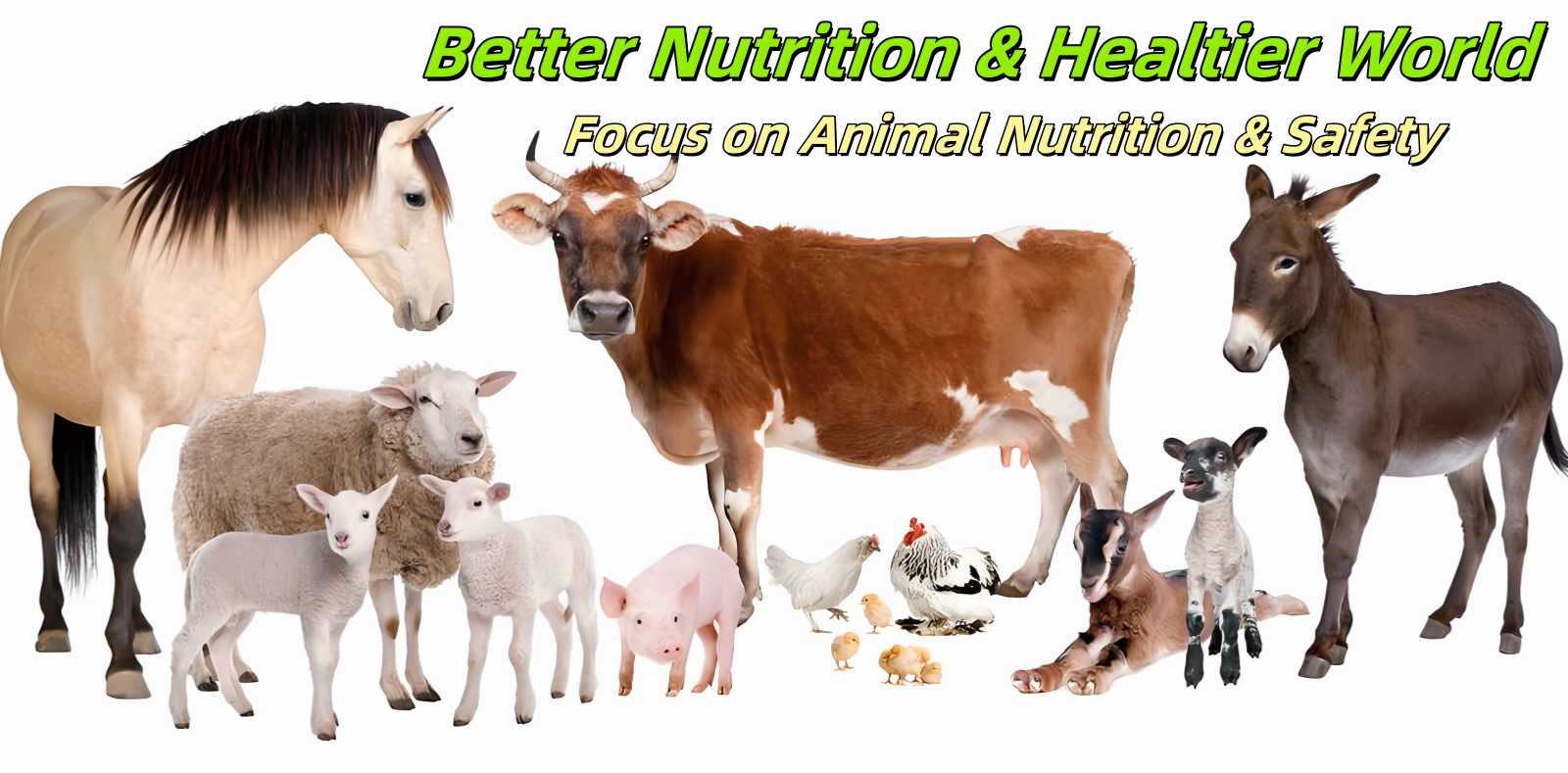With Nigeria's rapidly growing population and increasing demand for protein, fish farming is emerging as a highly lucrative industry. However, many novice fish farmers encounter various challenges during practical operations. This article will provide a detailed analysis of how to scientifically undertake fish farming, while highlighting the crucial role of fish feed additives in enhancing farming efficiency.
Three Key Factors for Successful Fish Farming
Water Sources and Farming Environments
Water sources and farming environments form the foundation for fish growth. Nigerian fish farmers should prioritise natural water sources with stable, unpolluted water quality when selecting sites. Pond layout is also crucial, as appropriate water depth, flow velocity, and oxygen levels directly impact fish vitality and health.
Different pond types—such as earthen ponds, concrete ponds, or net pens—suit varying scales and fish species. Earthen ponds are cost-effective but demand more management; concrete ponds require higher initial investment yet facilitate water quality control; net pens are suitable for river or lake farming, though require careful attention to water flow and disease management.
The quality of the aquatic environment directly impacts fish survival rates. Poor water conditions can cause slow growth, reduced resistance, and even mass mortality. Therefore, farmers must regularly monitor water temperature, dissolved oxygen levels, pH, and ammonia nitrogen concentrations to ensure the pond maintains optimal growth conditions.
Healthy Fry
Fry represent the foundation of high-yield aquaculture. Selecting premium fry significantly reduces early mortality and ensures robust growth. Conversely, poor-quality fry not only increase mortality rates but also prolong the farming cycle, escalating feed and management costs.
Nigeria's market offers diverse fry varieties. Farmers should source from certified suppliers with proven cultivation records, prioritising breed characteristics, disease resistance, and growth rates.
Scientific Feeding Management
Feed constitutes the largest proportion of farming costs. Minimising waste and improving feed conversion rates represent challenges every farmer must address. While standard feed meets basic nutritional requirements, it has limitations regarding growth rates, immunity, and water quality maintenance.
It is crucial to emphasise that standard feed alone is insufficient for efficient farming. Enhancing feed utilisation and reducing uneaten waste are key to improving farming profitability.
Five Common Challenges Faced by Nigeria Novice Fish Farmers
In Nigeria, many novice fish farmers encounter the following issues during practical operations:
Slow Fish Growth and Extended Farming Cycles
Conventional feed exhibits low digestibility and absorption efficiency, resulting in sluggish fish growth booster and prolonged farming cycles. This leads to difficulties in capital turnover.
Excessive Feed Costs Erode Profits
Significant feed wastage and low conversion rates directly compress farming margins.
Frequent Disease Outbreaks and High Mortality Rates
Fish with compromised immunity are more susceptible to infections, necessitating additional medication expenditure and increased farming costs.
Deteriorating Water Quality and Heightened Management Burdens
Accumulated uneaten feed and excrement pollute the water, requiring frequent water changes or medication administration, thereby increasing labour and management expenses.
Uneven Fish Sizes at Market Sale Yield Low Prices
Uneven growth results in significant size variations, preventing maximisation of market value.
These issues often stem from inadequate feed nutrient utilisation. Conventional feeds fail to fully meet fish growth and health requirements, necessitating scientific solutions.
Primary Functions of Lima Biotech Feed Additives
Promoting Fish Growth
Lima's fish growth promoters are rich in vitamins, minerals and trace elements, significantly enhancing growth in tilapia and catfish. By improving digestive absorption efficiency, fish reach market size faster, shortening the farming cycle.
Strengthening Immunity and Reducing Disease Incidence
Natural components within the additives help enhance fish immunity, lowering disease prevalence, reducing medication usage, and decreasing farming costs.
Water Quality Improvement and Pollution Reduction
Lima's fish growth booster minimise the accumulation of uneaten feed and excrement in water, lowering ammonia nitrogen levels. This maintains clean pond water quality and reduces aquatic pollution.
Enhanced Fish Meat Quality
By promoting balanced nutrient absorption, fish develop firmer bodies and more compact flesh. This better meets market demands and increases selling prices.
Application of Fish Feed Additives in Nigerian Aquaculture Farms
The method of using fish feed additives is remarkably straightforward. Typically, the additive is mixed in proportion with standard feed to ensure thorough incorporation, enabling optimal intake by the fish for maximum efficacy.
Fish Feed Additives Suitable Application Stages
Fry Stage: Enhances initial survival rates and promotes rapid, healthy growth.
Growth Peak Stage: Accelerates weight gain and shortens the farming cycle.
High-risk disease period: Strengthens immunity, reduces medication reliance, and minimises losses.
Nigerian Fish Farm Case Study
At a large-scale Nigerian fish farm, the use of additives reduced the farming cycle by approximately 20% and significantly improved survival rates. The fish exhibited robust health and firm flesh, commanding market prices 10–15% higher than non-additive-treated fish.
How to Select Suitable Fish Feed Additives
The market for fish growth booster is a mixed bag, posing risks of substandard products and misleading claims. When choosing appropriate additives, the following criteria should be considered:
Scientific Composition: Contains effective ingredients that promote growth and enhance immunity.
Safety and Environmental Protection: Harmless to fish, the environment, and humans.
Case Verification: Proven effective in practical aquaculture applications.
Advantages of LIMA Fish Feed Additives include:
Scientific Research Background: Developed by a professional team, ensuring reliable efficacy.
Natural and Highly Effective: Utilises natural plant extracts fermented by probiotics, offering high safety and significant results.
Widely Recognised: Extensively used and well-regarded by fish farmers in Nigeria and multiple African nations.
By selecting premium additives, fish farmers can achieve higher farming efficiency and more stable returns.
Conclusion
Nigeria's fish farming market holds immense potential, yet success hinges upon scientific management and the proper use of additives. By optimising water sources and environments, selecting high-quality fry, employing scientific feeding practices, and supplementing with efficient feed additives, your operations can not only shorten production cycles and reduce costs but also enhance fish quality and market competitiveness.
Should you wish to learn more about fish farming, contact us today. Lima will be delighted to address any related queries. We maintain warehouses in Nigeria and warmly welcome fish factory farmers to visit our facilities.
- About Lima Biotech
- Careers-Lima Biotech
- Code of Conduct-Lima Biotech
- Conditions of Sale-Lima Biotech
- Contact-Lima Biotech
- Cookies Policy-Lima Biotech
- Find Agent-Lima Biotech
- Global Warehouses
- Investor Relations-Lima Biotech
- Legal Information-Lima Biotech
- Privacy Policy-Lima Biotech
- Success-Lima Biotech
- Sustainability-Lima Biotech
- World Class Manufacturing-Lima Biotech













